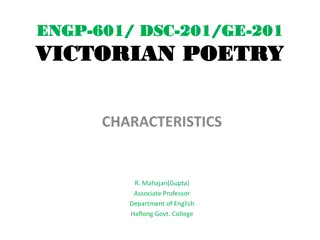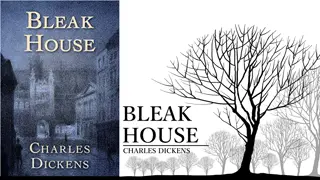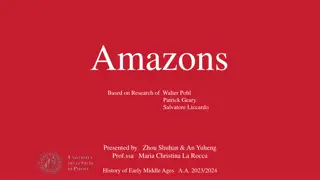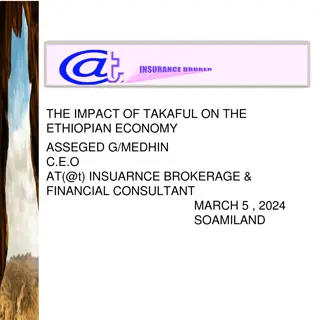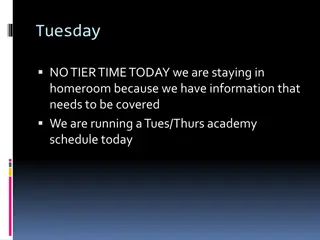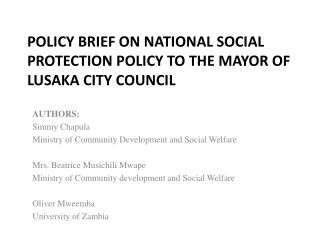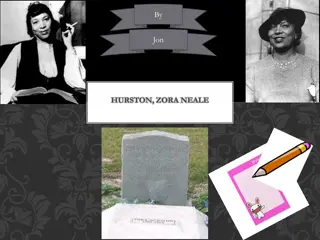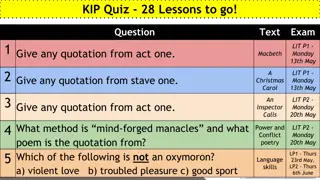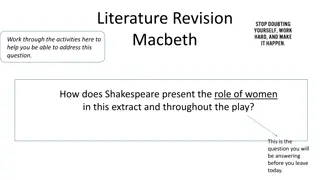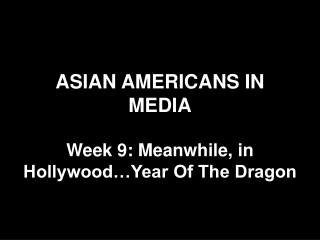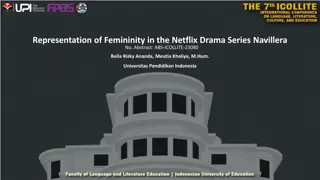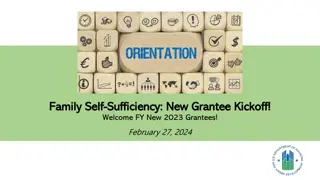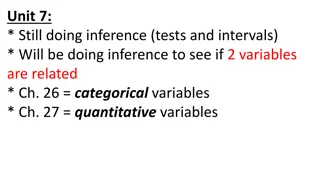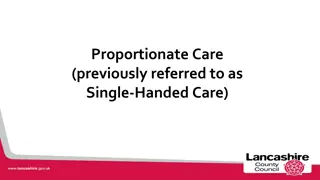Victorian Portrayal of Love and Female Independence in Maude Clare
Explore Victorian attitudes towards love and female independence through an analysis of Maude Clare, a poem that presents a narrative of two women competing for a man's affections. Delve into the themes of rivalry, loyalty, and shifting emotions depicted in this ballad form poem, as well as the symbolic representations and poetic techniques employed to convey the complexities of relationships and societal expectations during the Victorian era.
Download Presentation
Please find below an Image/Link to download the presentation.
The content on the website is provided AS IS for your information and personal use only. It may not be sold, licensed, or shared on other websites without obtaining consent from the author. Download presentation by click this link. If you encounter any issues during the download, it is possible that the publisher has removed the file from their server.
Presentation Transcript
Maude Clare WALT: consider Victorian attitudes towards love and female independence. Illustration of Maude Clare for Once a Week Key Vocabulary Mien Appearance or manner that indicates mood Strife Anger or bitterness over conflict Heart h Floor of a fireplace Beck A stream Fickle Changing frequently, especially as regards to one s loyalty or affections Spurn Reject or disregard with disdain or contempt
CONTEXT CONTEXT Attitudes to women and independence Rossetti s experiences of love
Read the Poem There are two very different women described here competing for Thomas s affections and his mother, too. In Rossetti s portrayal, is there a character or the one we should be rooting for? If so, why? Who do you really root for?
Ballad Poetry A form of poetry that alternates lines of four and three beats, often in quatrains, rhymed abab, and often telling a story. A Slumber did my Spirit Seal A slumber did my spirit seal; I had no human fears: She seemed a thing that could not feel The touch of earthly years. No motion has she now, no force; She neither hears nor sees; Rolled round in earth's diurnal course, With rocks, and stones, and trees.
Analyse the poem for AO2/AO3 Write down what each of these symbolise Language Poetic techniques Imagery Caesura Tone/Mood Speaker Symbolism Religious Scansion/Verse form Rhyme/Rhythm Themes Allusion to Greek mythology Sonnet form Contextual factors
12 stanzas 12 stanzas
Form and Structure Form and Structure Ballad form: The poem uses the ballad form, but with some differences an abcb rhyme scheme instead of the usual abab. It has a similar rhythm, and tells a story. It s written in 12 quatrains, with a generally linear narrative but the interjection of Maude Clare brings the past to the forefront as she describes their previous relationship. Rhythm and rhyme are both regular, adding to the story-like qualities of the poem, and its spoken-sounding nature.
Victorian Flowers Victorian Flowers Lillies white pure wedding flowers - fertility
CRITICAL ANALYSIS CRITICAL ANALYSIS Christina Rossetti s Maude Clare engages in a discourse on hegemonic definitions of Victorian femininity. This issue is dealt with on multiple layers which in turn either reinforce or challenge these gendered ideals in their reflections on the position of women. The illustration in combination with the text as well as the layout challenge these ideals, however the explicit and implicit meanings of the text itself lessen this challenge and create a more ambiguous position. Perhaps this ambiguity is more reflective on the actual position of women at the time however as the demographics in the population made it impossible for all women to accomplish the goals set for them by society, placing them in an ambiguous position indeed. Victorian Femininity in "Maude Clare", Andrew Stewart and Alexandra Russel Hegemonic: ruling or dominant in a political or social context.
CONNECTIONS CONNECTIONS Male and female relationships: No Thank You John; Shut Out; Soeur Louise Imagery of Nature: Shut Out; Birthday; Remember Love: No Thank You John; Remember; Song; Goblin Market Narrative form: Goblin Market
Read the Victorian Webs Contextual Analysis Read the Victorian Web s Contextual Analysis Consider the following five questions: 1. The originally published manuscript version of 'Maude Clare" had forty-one stanzas, as compared to the 1862 version, which contained twelve. According to Anthony H. Harrison, the more detailed, longer version paints a picture of Maude Clare as a sympathetic character with whom the reader can truly identify. How does Rossetti portray Maude Clare in the shorter, 1862 version? Can the reader empathize with her or is her disruption of the wedding scene depicted as nasty and underhanded? 2. Although dialogue dominates the poem, it has two stanzas of pure narration. Still, however, Rossetti does not give the narrator a clear identity. Who is the narrator? What purpose does she serve? What impact does the narrator's relative anonymity have on the poem? 3. There are two moments in the poem when Rossetti references the natural world. In the sixth and seventh stanzas while describing a romantic day Thomas and Maude Clare spend together, she writes about the 'faded leaves" and the lilies through which the lovers wade. The seventh stanza ends with: ''The lilies are budding now'." What significance does the natural world, specifically the lilies, have in the poem? 4. Compare 'Maude Clare" to 'After Death." How are Nell and the speaker in 'After Death" similar? What contrasts are there between these two depictions of tragic love? How do they differ from other PRB depictions of tragic love, like 'The Blessed Damozel" or 'Porphyria's Lover"? 5. What qualities of the ideal Victorian woman do Nell and Maude Clare embody? Could either be likened to Dante Gabrielle Rossetti's Fair Lady? Why or why not?




